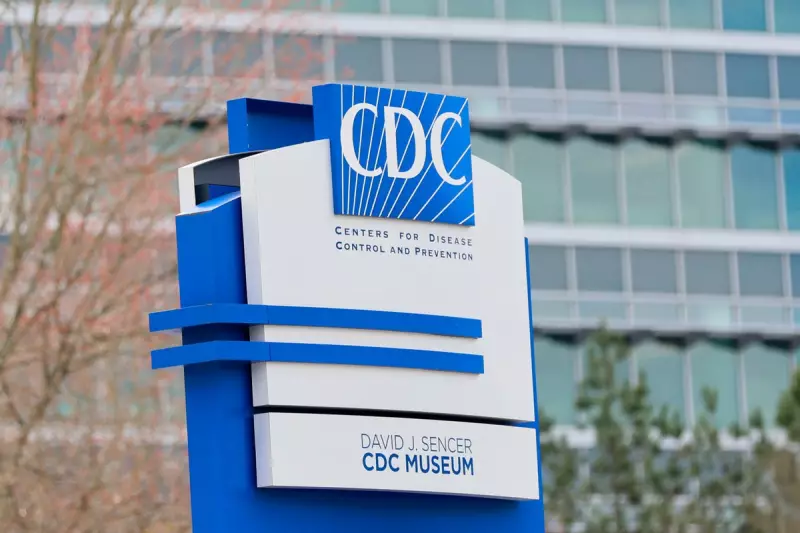
First Human Case of New Bird Flu Strain Detected in US
Health officials in Washington state have confirmed the first human case of a new bird flu strain in the United States. The case, involving an H5N5 virus, marks the nation's first human bird flu infection since February. The patient, an older adult from Grays Harbor County with underlying health conditions, remains hospitalised.
What We Know About the H5N5 Virus
State and federal health authorities believe this is the first known human infection with the H5N5 bird flu virus globally. The individual had a backyard flock of domestic poultry that had been exposed to wild birds, which health officials identify as the most likely source of exposure, though investigations are ongoing.
According to prominent flu researcher Richard Webby of St. Jude Children's Research Hospital, the H5N5 virus behaves similarly to the H5N1 strain responsible for 70 reported human infections in the US during 2024 and 2025. "My gut instinct is to consider it the same as H5N1 from a human health perspective," Webby stated, explaining the difference lies in a protein that affects how the virus spreads between cells.
Public Health Risk Assessment and Response
The Centers for Disease Control and Prevention (CDC) issued a statement on Friday confirming that no information suggests the risk to public health has increased as a result of this case. The health agency is awaiting a specimen from Washington to conduct additional testing.
Webby offered a helpful analogy: "Think along the lines of different brands of car tires. They both do the same job, it's just each is better tuned for specific conditions, which we don't fully understand." He added that H5N5 may have different preferences for which bird species it most readily infects.
Most of the previous H5N1 infections in the US have been mild illnesses affecting workers on dairy and poultry farms. Health officials continue to monitor the situation closely while emphasising that the current risk to the general public remains low.





